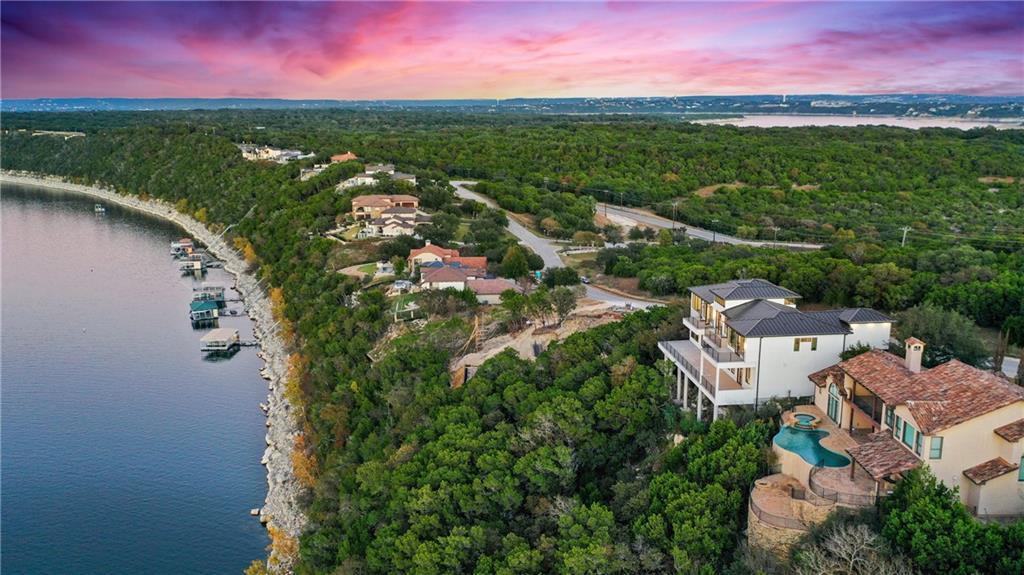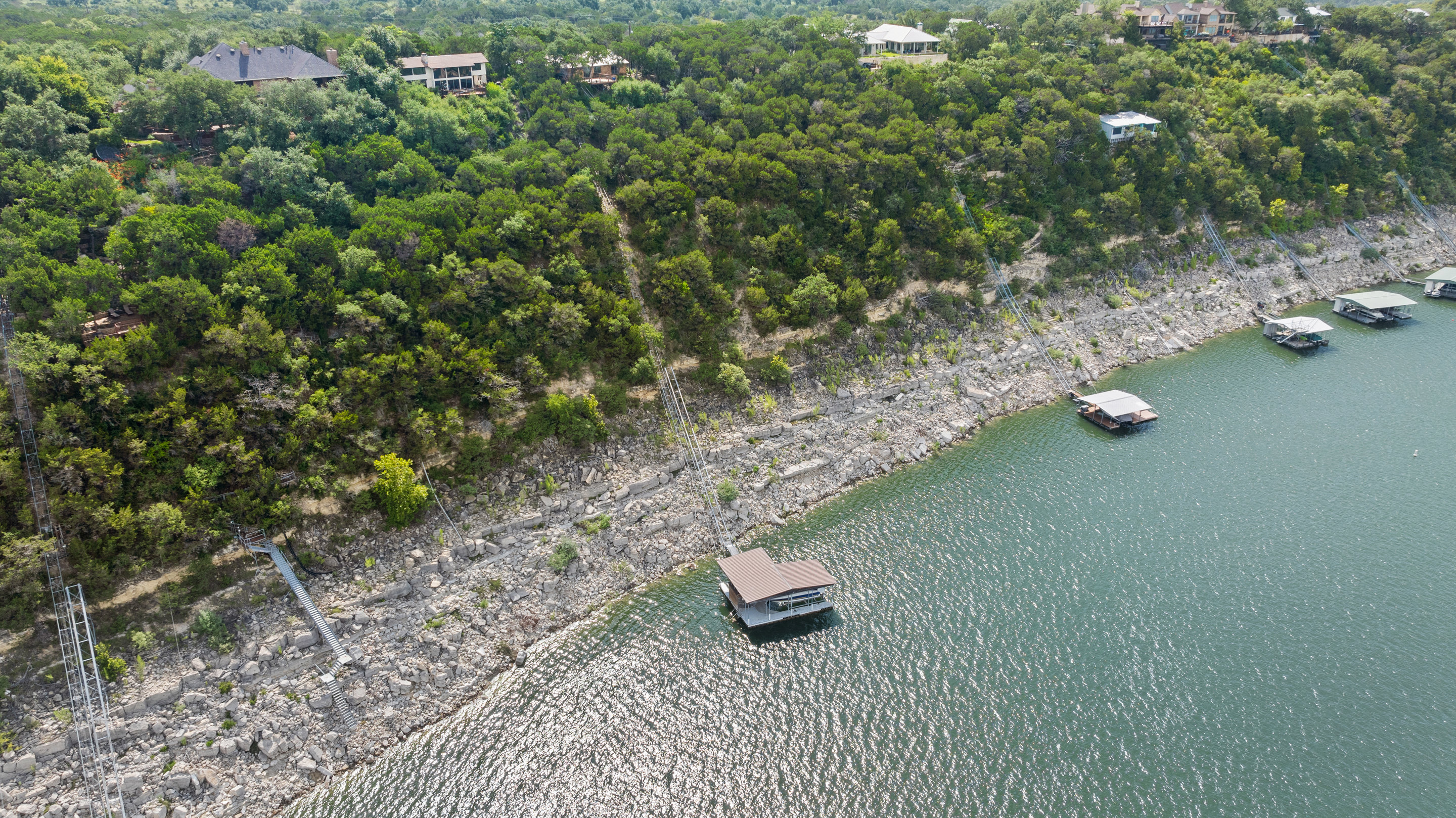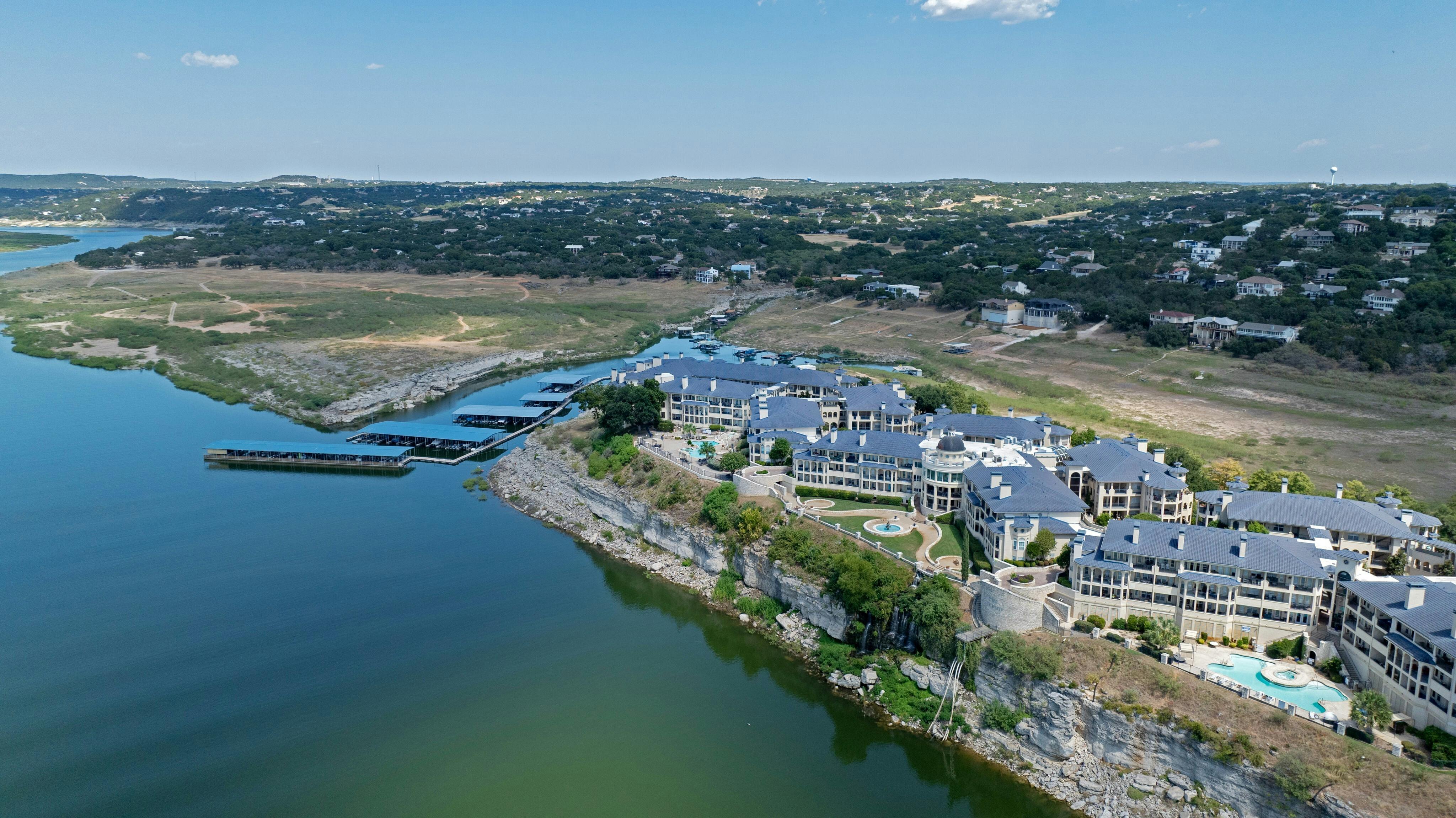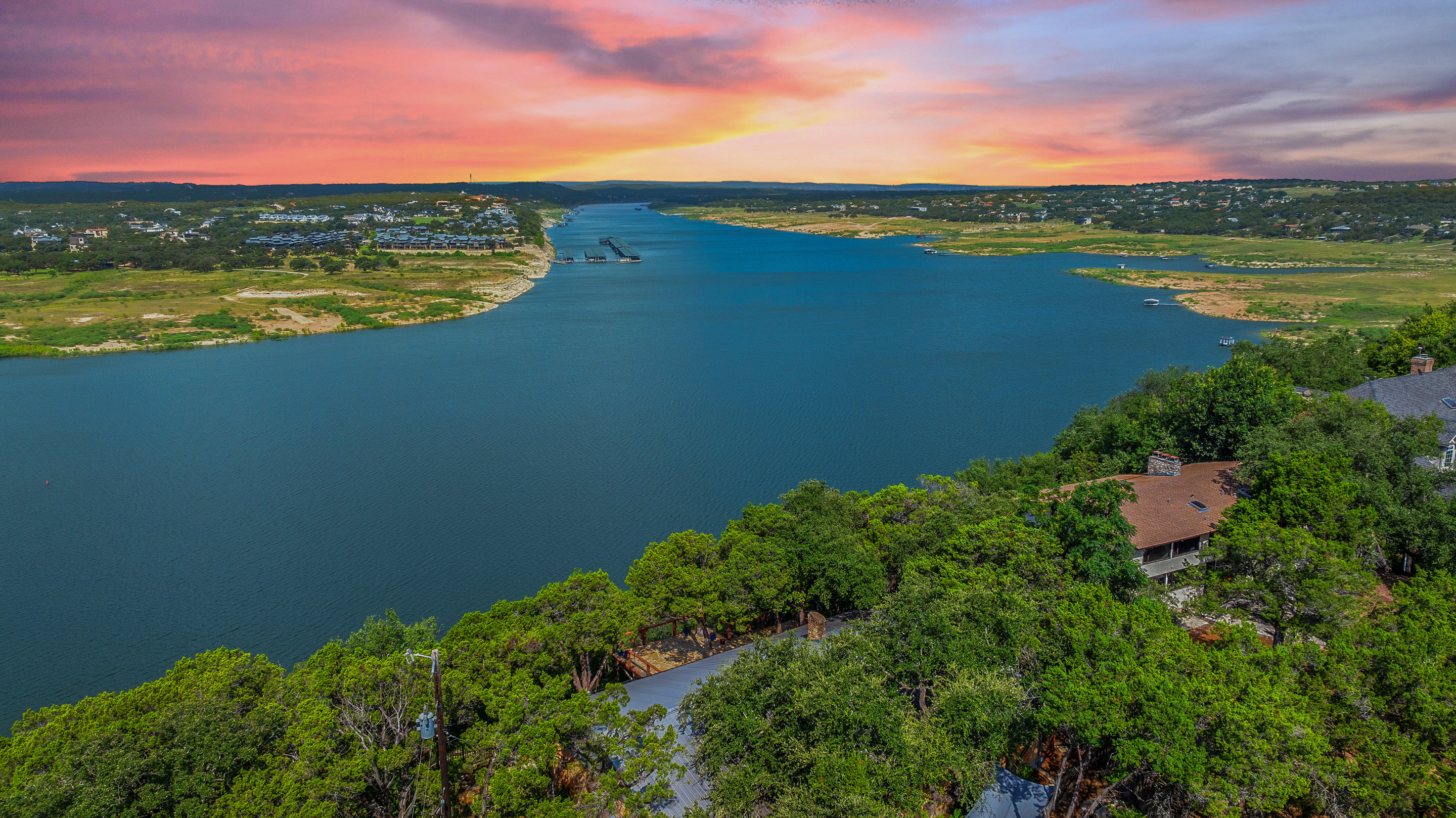Tips for Owning Waterfront Property on Lake Travis, Lake Austin & the Highland Lakes
Owning a waterfront home in the Lake Travis, Lake Austin, or Highland Lakes area is a dream for many—and it’s easy to see why. With stunning views, cool breezes, and direct access to boating, fishing, and paddle boarding, it’s the kind of lifestyle most people only dream about. But as relaxing as lake life sounds, there are some important things to know behind the scenes—especially when it comes to permits, flood zones, and keeping your shoreline compliant.
If you’re thinking about buying (or already own) a waterfront property, here’s a quick breakdown of what you’ll want to keep in mind:
Know Your Waterfront Rights
Common Waterfront Rules (That Might Surprise You)
-
Setbacks: You can’t always build right up to the water’s edge. Setback rules help preserve the shoreline and reduce erosion.
-
Erosion Control: Planning a retaining wall or modifying the shoreline? You may be required to install erosion controls to prevent runoff and protect the lake.
-
Wetlands & Protected Areas: Some waterfront lots include sensitive areas that can’t be disturbed without special permission.
-
Water Quality Rules: From fertilizer restrictions to septic design, there are rules to keep lake water clean for everyone.
-
Floodplain Regulations: Many homes along Lake Travis or Lake Austin are in flood-prone zones. That means you might need to elevate your home or take extra steps when building or remodeling.
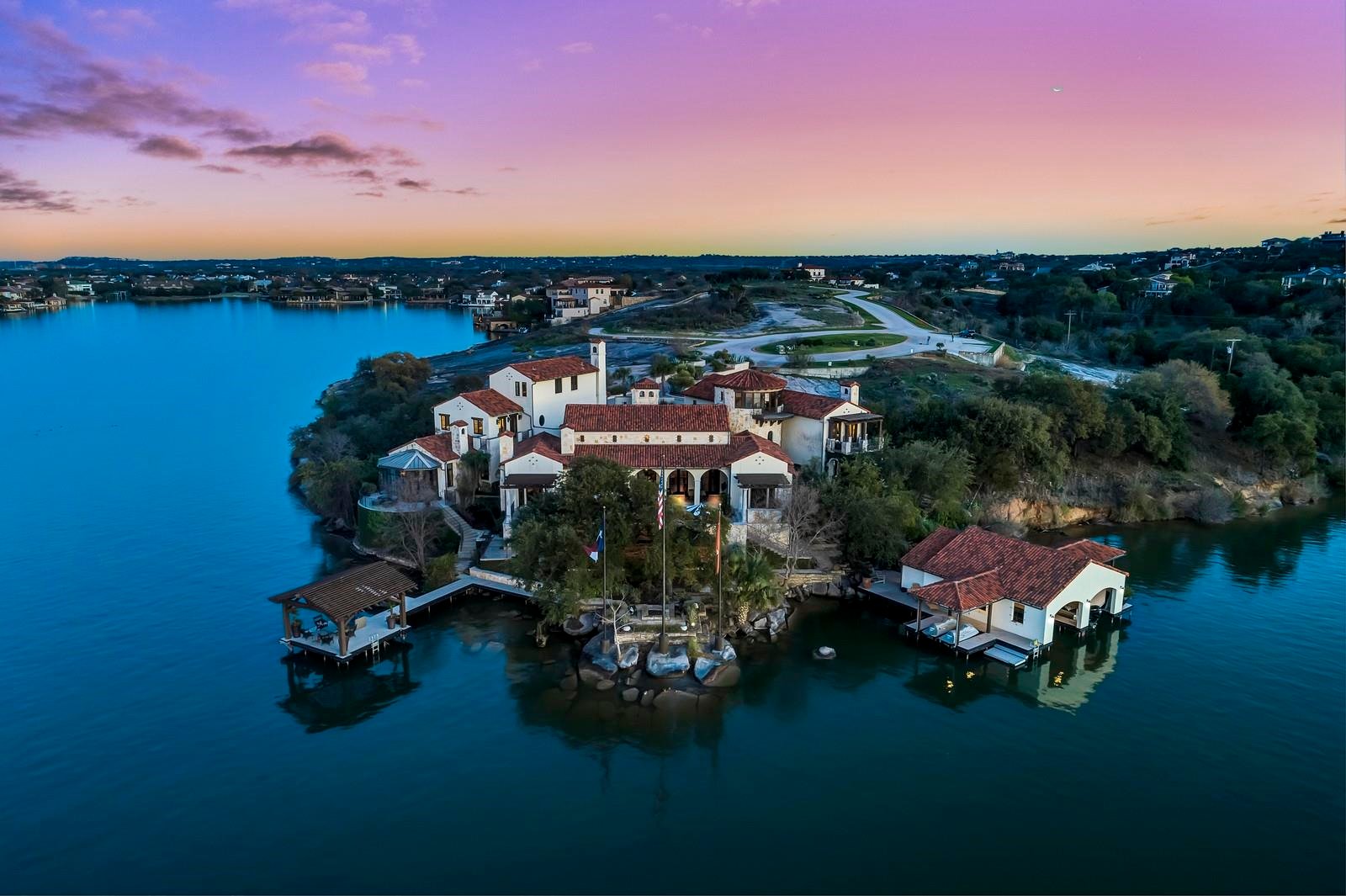
Paradise on Lake LBJ
Permits You Might Need
-
Dock or Pier Permit
-
Shoreline Alteration Permit (like adding a retaining wall or beach area)
-
Building Permit (for new construction or remodels)
-
Dredging Permit (if you’re clearing or deepening water access)
-
Tree Removal Permit (yes, even trees near the shoreline can be protected!)
How to Navigate the Rules
-
Start with Research
Check local guidelines from the LCRA, TCEQ, and your county’s planning department. -
Bring in the Experts
Talk with a local real estate attorney, builder, or consultant who knows the lakefront scene. -
Gather Your Plans
The more detailed your site plan and scope of work, the smoother the permit process will go. -
Expect a Little Wait
Permits can take time—so plan ahead if you’re building in spring or summer. -
Be Ready for Public Input
Some bigger projects may require a public hearing. It helps to be informed, respectful, and responsive to neighbors’ concerns.
What Happens If You Skip the Rules?
-
Fines or legal action
-
Having to remove non-compliant structures
-
Problems when it’s time to sell
-
Potential environmental damage and liability
Ready to Make the Lake Life Yours?
Let’s talk about your goals, your timeline, and how to make sure your Lake Travis (or Lake Austin or Highland Lakes) property supports your lifestyle and stays compliant.
Sources
The Paint Colors that can Boost Your Homes Value
These 15 Home Renovations Have The Highest Return on Investment
Which Home Improvements Pay Off?
Deck Building: What Will Be Your Return On Investment?
Finished Basements Add Space and Home Value

